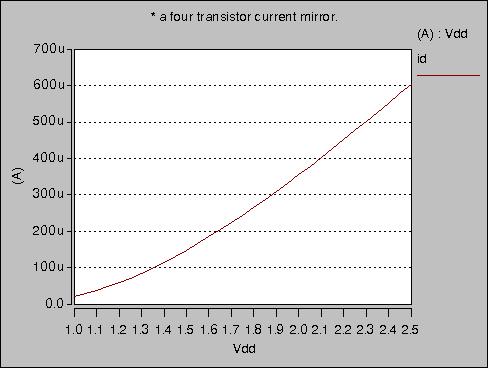Fractional-N
Full Member level 1

Follow along with the video below to see how to install our site as a web app on your home screen.
Note: This feature may not be available in some browsers.







yes, and the current shows a strong dependence on supply voltage.Have you tried to change power supply voltage.




